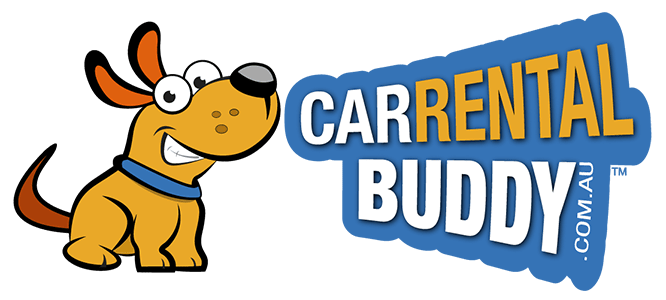Australian Time Tips for Interstate and International Visitors
Article Content is Copyright © 2012 - 2024 Peta Daniels | Car Rental Buddy
When travelling interstate or arriving from overseas, keep in mind that Australia is divided into three different time zones, with certain locations observing Daylight Saving Time during the warmer months of the year.We hope the following information will assist when making bookings for car hire, flights, or hotel check-ins, and will be helpful should your travels take you across state and / or territory borders within Australia.

Times Zones in Australia
AEST (Australian Eastern Standard Time) Australian Eastern Standard Time encompasses Queensland, New South Wales, Victoria, Tasmania, and the Australian Capital Territory and is referenced by +10 for the Coordinated Universal Time.ACST (Australian Central Standard Time) The Northern Territory and the location of Broken Hill in New South Wales fall within the Australian Central Standard Time and is recognised under the Coordinated Universal Time as +9.
AWST (Australian Western Standard Time)
The Australian Western Standard Time is +8 by the Coordinated Universal Time and embraces the state of Western Australia.
Daylight Saving
During the warmer months of the year, certain states and territories within Australia recognise a process known as Daylight Saving. New South Wales, Victoria, Tasmania, South Australia, and the Australian Capital Territory all observe Daylight Saving whereby clocks are moved forward one hour.Therefore, the corresponding Coordinated Universal Time will advance by +1 for these locations. For example, South Australia and Broken Hill will advance from +9? to +10? and will be referenced under Australian Central Daylight Time. New South Wales, Victoria, Tasmania, and the Australian Capital Territory fall under the Australian Eastern Daylight Time with the Coordinated Universal Time advancing from +10 to +11.
When Does Daylight Saving Occur and End?
Clocks are moved forward one hour on the first Sunday in October at 2:00am. On the first Sunday in April, clocks are moved back one hour to illustrate the end of Daylight Saving. This occurs at 2:00am (non-Daylight Saving Time) meaning that at 3:00am residents within the Daylight Saving Time zone will make the necessary change to their clocks.
Top Tip: If the first Sunday in October or the first Sunday in April fall within your travel dates, keep in mind the changes with Daylight Saving and how it may affect your booking times. This is especially important with car hire bookings as many suppliers will only hold your reserved vehicle for a maximum of one hour from your scheduled pick up time.

